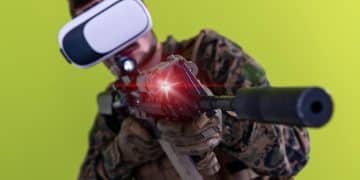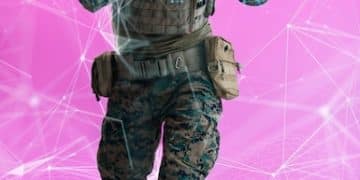Robotic Combat Vehicles: Transforming Army Infantry Tactics by 2025
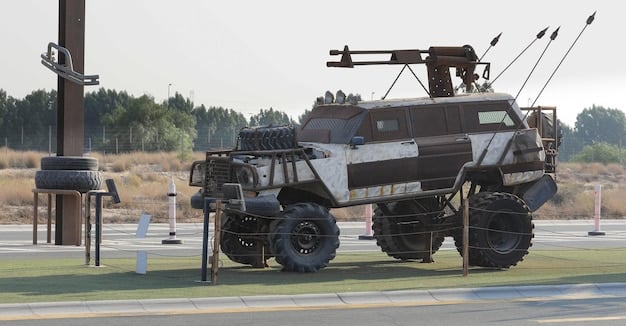
By 2025, the integration of new robotic combat vehicles (RCVs) into the U.S. Army is poised to revolutionize infantry tactics by enhancing reconnaissance capabilities, providing increased firepower, and reducing risks to human soldiers on the battlefield.
The U.S. Army is on the cusp of a significant transformation, driven by the integration of advanced robotic combat vehicles. How Will the Army’s New Robotic Combat Vehicle Impact Infantry Tactics by 2025? This fusion of robotics and infantry promises to reshape the very nature of warfare, offering enhanced capabilities and reduced risks.
The Dawn of Robotic Warfare: A New Era for the U.S. Army
The integration of robotic combat vehicles (RCVs) represents a monumental shift in military strategy. They are not merely replacements for existing vehicles, but rather a force multiplier that promises to augment the capabilities of infantry units.
Enhanced Reconnaissance and Situational Awareness
RCVs are equipped with advanced sensors, including high-resolution cameras, thermal imagers, and LiDAR systems, enabling them to gather real-time intelligence on the battlefield. This enhanced situational awareness allows infantry commanders to make more informed decisions, leading to greater operational effectiveness.
Increased Firepower and Lethality
Integrating RCVs into infantry squads provides a significant boost in firepower. Armed with various weapon systems, such as machine guns, grenade launchers, and anti-tank missiles, RCVs can engage targets with greater precision and lethality. This increased firepower allows infantry units to overcome enemy resistance more effectively.
- Improved threat detection and identification
- Enhanced target engagement capabilities
- Greater operational flexibility
The incorporation of RCVs into infantry tactics will necessitate a rethinking of traditional approaches and the development of new strategies to fully leverage their potential. These vehicles offer a unique combination of reconnaissance, firepower, and maneuverability, providing infantry units with unprecedented capabilities.
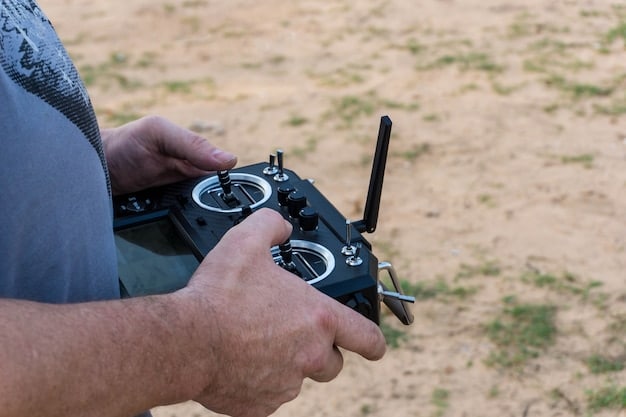
Transforming Infantry Tactics: Adapting to the Robotic Age
The introduction of RCVs will require a fundamental shift in how infantry units operate. No longer will soldiers be solely reliant on their own senses and weapons; they will now have the support of intelligent, autonomous machines capable of performing a variety of tasks.
Rethinking Squad Formations and Movement
Traditional infantry formations will need to be adapted to accommodate RCVs. These vehicles can be used to scout ahead, provide flanking support, or act as a rear guard, allowing infantry units to move more quickly and safely across the battlefield.
Integrating RCVs into Urban Warfare
Urban environments pose unique challenges for infantry units. RCVs can be used to clear buildings, provide fire support from rooftops, and navigate narrow streets, reducing the risk to soldiers. Their ability to operate in confined spaces makes them invaluable assets in urban combat.
- Enhanced maneuverability in complex environments
- Improved obstacle negotiation capabilities
- Reduced exposure to enemy fire
The integration of RCVs into infantry tactics will require extensive training and experimentation. Soldiers will need to learn how to operate these vehicles effectively, coordinate their movements, and maintain them in the field. This training will be essential to ensure that RCVs are used to their full potential.
The Human-Machine Teaming: Forging a New Partnership on the Battlefield
The success of RCVs in future conflicts hinges on effective human-machine teaming. These vehicles are not intended to replace soldiers, but rather to augment their capabilities and reduce their risks.
The Role of the Robotic Vehicle Operator
Specially trained soldiers will be responsible for operating and maintaining RCVs. These operators will need to be proficient in robotics, computer science, and military tactics.
Communication and Coordination
Effective communication and coordination between soldiers and RCVs will be essential. Soldiers will need to be able to communicate with RCVs in a clear and concise manner, and RCVs will need to be able to respond to commands quickly and accurately.
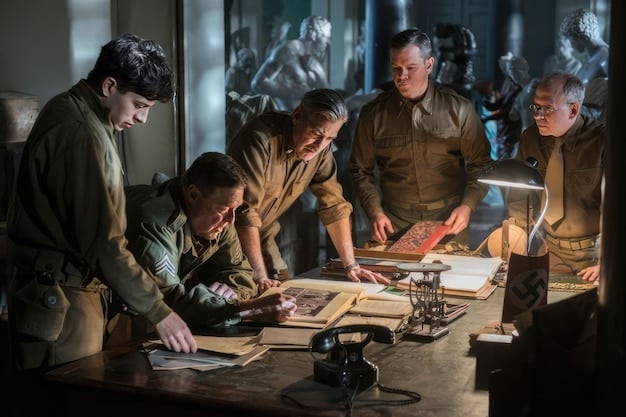
By fostering a strong partnership between humans and machines, the U.S. Army can create a more effective and resilient fighting force. This will require a commitment to training, experimentation, and continuous improvement.
Technological Advancements: Paving the Way for Future RCV Capabilities
The capabilities of RCVs are constantly evolving, driven by advancements in artificial intelligence, robotics, and sensor technology. These advancements are paving the way for even more sophisticated and capable RCVs in the future.
Artificial Intelligence and Autonomy
AI is playing an increasingly important role in RCV development. AI algorithms can be used to automate tasks such as navigation, target identification, and threat assessment, allowing RCVs to operate more autonomously.
Sensor Fusion and Data Analytics
By combining data from multiple sensors, RCVs can create a more comprehensive picture of the battlefield. Data analytics can be used to identify patterns, predict enemy movements, and provide soldiers with actionable intelligence.
- Enhanced decision-making capabilities
- Improved threat assessment accuracy
- Faster response times
The future of RCVs is bright, with ongoing research and development focused on improving their capabilities and expanding their roles on the battlefield. As technology continues to advance, RCVs will become even more integral to the U.S. Army’s warfighting capabilities.
Challenges and Considerations: Addressing the Ethical and Practical Implications
The integration of RCVs into infantry tactics raises several challenges and considerations that must be addressed. These include ethical concerns, technological limitations, and the need for robust cybersecurity measures.
Ethical Considerations
The use of autonomous weapons systems raises ethical questions about accountability, responsibility, and the potential for unintended consequences.
Technological Limitations
RCVs are still limited by their reliance on batteries, their vulnerability to electronic warfare, and their ability to operate in complex terrain.
Addressing these challenges and considerations is essential to ensure that RCVs are used responsibly and effectively. This will require a collaborative effort involving policymakers, military leaders, engineers, and ethicists.
The Global Landscape: Comparing the U.S. Army’s RCV Program to Other Nations
The U.S. Army is not alone in its pursuit of robotic warfare. Many other nations are also investing heavily in the development and deployment of RCVs. Comparing the U.S. Army’s RCV program to those of other nations provides valuable insights into the global landscape of robotic warfare.
China’s Robotic Warfare Ambitions
China has made significant strides in the development of autonomous weapons systems and is actively exploring the use of RCVs in its military.
Russia’s Robotic Combat Systems
Russia has also invested heavily in RCVs, deploying them in various conflicts, including the war in Ukraine.
- Strategic advantages and disadvantages
- Areas of technological superiority
- Potential for future cooperation
The U.S. Army’s RCV program is among the most ambitious in the world, but it faces stiff competition from other nations. Maintaining its technological edge will require a continued commitment to innovation and investment.
| Key Point | Brief Description |
|---|---|
| 🤖 Enhanced Recon | RCVs provide real-time battlefield intelligence. |
| 🔥 Increased Firepower | RCVs augment infantry firepower with precision weapons. |
| 🤝 Human-Machine Teaming | Soldiers and RCVs collaborate for optimal performance. |
| 🛡️ Ethical Considerations | Ethical use of autonomous weapons is vital. |
FAQ
▼
RCVs enhance reconnaissance, increase firepower, reduce risks to soldiers, and provide greater operational flexibility on the battlefield. They improve situational awareness and target engagement capabilities.
▼
Infantry tactics will shift towards integrating RCVs for scouting, flanking, and fire support. Squad formations will adapt, and urban warfare strategies will leverage RCVs for clearing buildings and navigating confined spaces.
▼
RCV operators require training in robotics, computer science, and military tactics. They must learn to operate, maintain, and coordinate RCVs effectively to maximize their potential in various combat scenarios.
▼
Ethical considerations include accountability, responsibility, and the potential for unintended consequences. These concerns necessitate careful planning and regulations to ensure RCVs are used ethically and responsibly in warfare.
▼
The U.S. Army’s RCV program is among the most ambitious globally but faces competition from nations like China and Russia. Maintaining a technological edge requires continuous innovation and investment in robotic warfare capabilities.
Conclusion
The integration of Robotic Combat Vehicles into the U.S. Army’s infantry tactics by 2025 represents a significant leap towards modernizing warfare. By enhancing reconnaissance, increasing firepower, and improving human-machine teaming, RCVs promise to reshape the battlefield and provide a decisive advantage. Addressing the ethical and practical challenges associated with their deployment will be crucial to ensuring their responsible and effective use in future conflicts.

